Managing Muyu: Shennongjia's Tourist Magnet
Updated:2025-02-06 Source:神农架国家公园
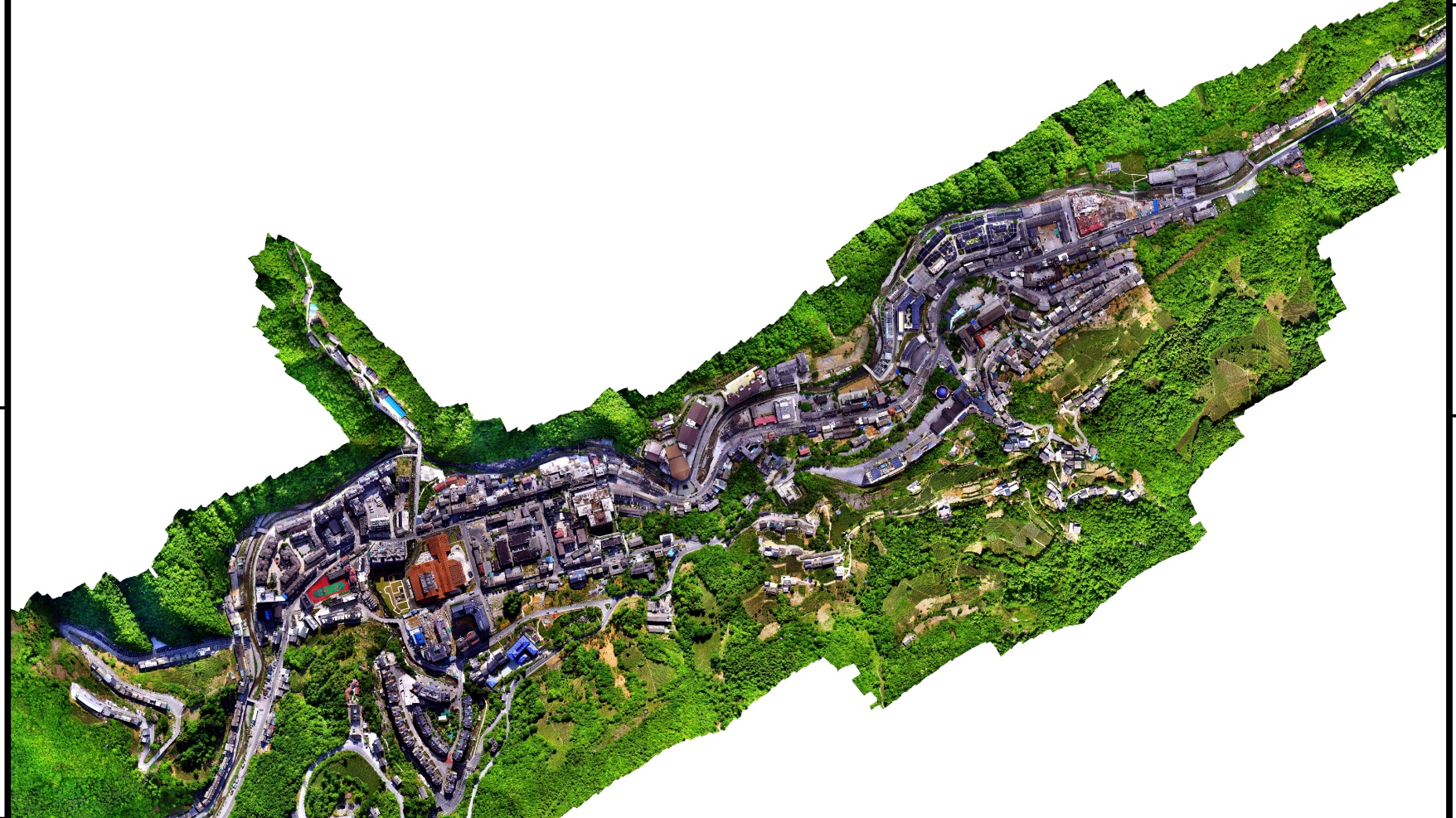
Bird-eye view of Muyu Town of Shennongjia
A quick search on Baidu(often dubbed as the Google of China)will show you two towns named Muyu: one in Qingchuan County, Sichuan Province, and the other in Shennongjia Forestry District, Hubei Province. The latter is a familiar name for many, thanks to the popular tagline, "The world is vast, but I most want to visit Shennongjia." Muyu Town is the essential gateway and a must-stay destination for those visiting Shennongjia. This is because most of Shennongjia's breathtaking scenery is concentrated within Muyu's 400-square-kilometer jurisdiction. Given the vast area and numerous attractions, it's impossible to explore them all in a single day. As a result, tourists often use Muyu as a base to gradually discover the surrounding natural wonders.
Muyu, located in a resource-rich area of Shennongjia Forestry District, is home to the Administration of Shennongjia National Park, the key body responsible for biodiversity conservation in the region. The Administration, which oversees operations from the frontline, is based in the heart of the town, with its prominent office building standing out. However, the direct responsibility for managing and protecting Muyu's biodiversity and other resources lies with the Muyu Agency of the Administration, located just a short distance from the Administration.
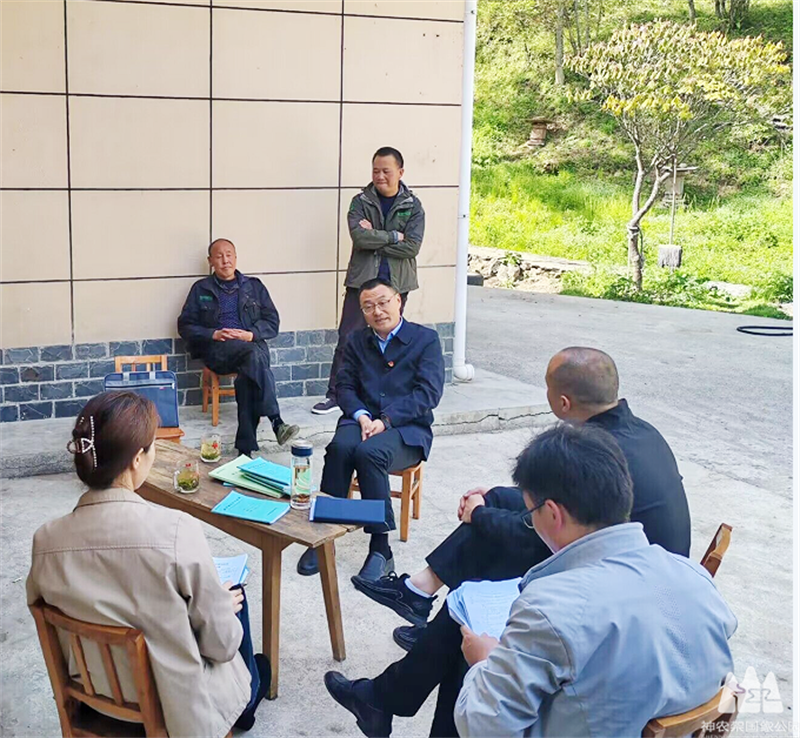 Team brainstorming
Team brainstormingDue to its historical role in Shennongjia's development, Muyu was once a key base for the Muyu Forestry Farm and a major timber export hub. However, in the late 1990s, the implementation of the "Natural Forest Protection Project" put an end to large-scale resource exploitation. Shennongjia was designated as a provincial nature reserve and later upgraded to a national-level reserve. Alongside this shift, the newly formed conservation body, in collaboration with local forestry administration, began a comprehensive effort to protect the region's resources. Former forestry workers, who once relied on logging, transitioned to roles as conservationists, taking up binoculars instead of axes to safeguard the area's biodiversity. This transition also spurred the development of new industries, with tourism becoming a key driver of Shennongjia's economy. Muyu, strategically positioned in this flourishing region, seized the opportunity created by growing demand, transforming into a popular destination and a shining jewel on the "Roof of Central China."
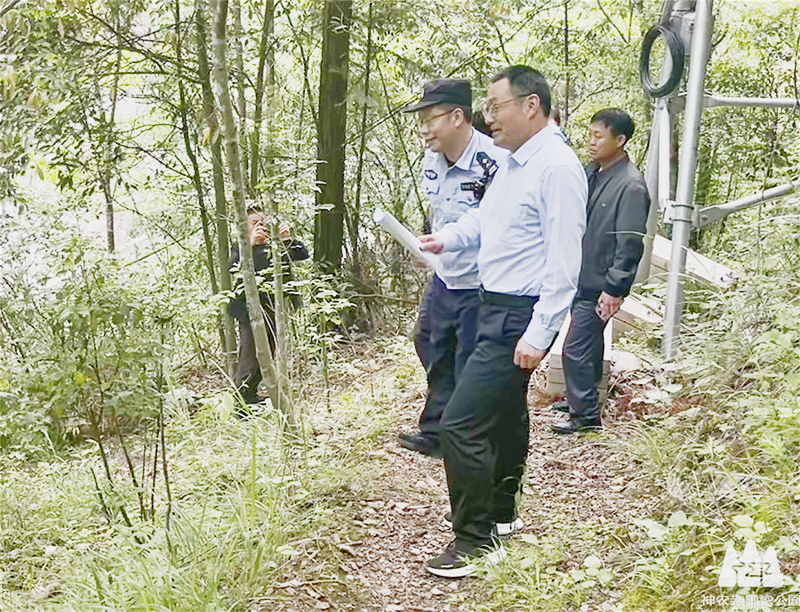 Inspection of the monitoring system
Inspection of the monitoring systemShennongjia National Park is divided into four management areas: Muyu, Laojunshan, Shennongding, and Dajiuh. The administrative district of Muyu Town includes the entire Muyu Management Area as well as parts of the Laojunshan and Shennongding Management Areas. Due to Muyu's unique position, it is home to more than a quarter of the population of the entire Shennongjia Forestry District, comprising three communities and eight administrative villages. Shennongjia Forestry District shifted its focus from single-purpose development to a model combining protection with sustainable use. As a result, managing Muyu's communities has become a key priority in regional administration. Following the establishment of the national-level nature reserve, fostering community collaboration has become a central focus in managing the Muyu Management Area effectively.
Muyu is often called a "tourist magnet" due to the significant influx of visitors during the peak summer months, from June to September. During this time, the narrow valley sees daily foot traffic of 50,000 to 60,000 people—more than five times the local population. This surge in visitors provides a crucial economic boost for local residents, who mainly rely on the income generated during these months to sustain themselves throughout the year. However, for the Muyu Agency, this period also brings the greatest pressure in terms of management and conservation. With new obstacles arising each day, ensuring safety becomes a constant challenge.
Managing a team of just a few dozen individuals to safeguard over 300 square kilometers of invaluable natural resources and ecosystems is a difficult task. They face not only the permanent residents, and also the influx of millions of tourists from countries around the world, many of whom have limited knowledge of national park protection standards, regulations, and legal frameworks. Moreover, due to effective conservation efforts, the wildlife population has been growing rapidly, expanding its home range and becoming increasingly active, leading to frequent wildlife-related incidents. Fire prevention, wildlife containment, and mitigation of human-wildlife conflicts all contribute to significant management pressure. To handle these challenges, the Agency has implemented a strategy focused on strengthening foundational defenses and fostering collaborative protection efforts. This includes year-round engagement with local residents, conducting household visits to raise awareness, signing conservation agreements and responsibility pledges, and transforming the permanent population into a dedicated force for resource protection. By strengthening the involvement of residents can public awareness efforts among transient populations be effectively carried out, preventing and eliminating potential risks.
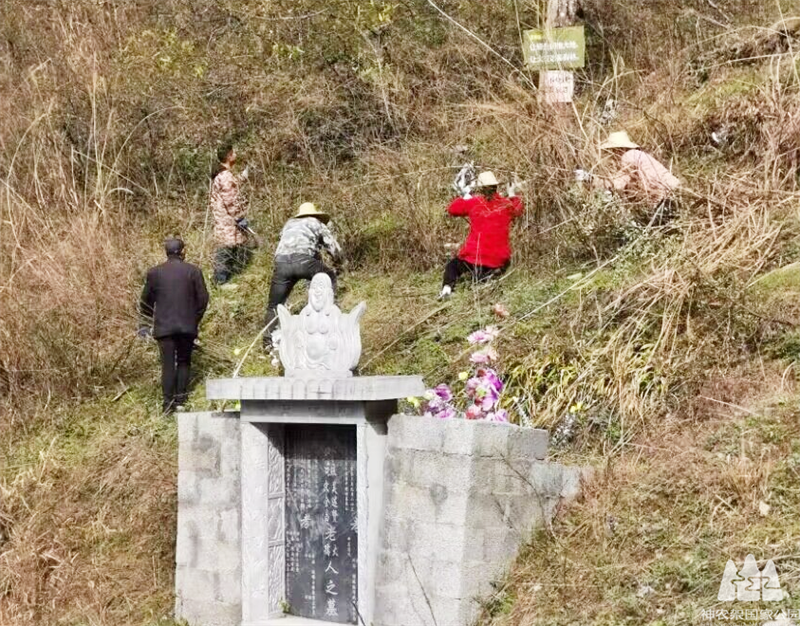 Getting rid of possibilities of fire
Getting rid of possibilities of fireShen Changkui, the director of the Muyu Agency, stated, “The primary goal of community co-construction is to achieve community consensus, co-management, and co-protection. Our country emphasizes harmony and coexistence between humans and the environment. Therefore, the most critical aspect of national park management is managing people. Only by effectively guiding and unifying people's perspectives toward resource conservation can we truly succeed in protecting these valuable resources.”
In fact, the rapid pace of societal development and the abrupt functional transition of the national park have led to a period of misalignment between conservation measures and residents' traditional ways of life. For a considerable time, local residents faced immense survival pressures, as their long-standing dependence on natural resources was deeply ingrained. With the reforestation of farmland and the incorporation of land into protected areas, many struggled to find sustainable livelihoods. As a result, they frequently turned to the mountains for economic benefits, further complicating conservation efforts and posing significant management challenges.
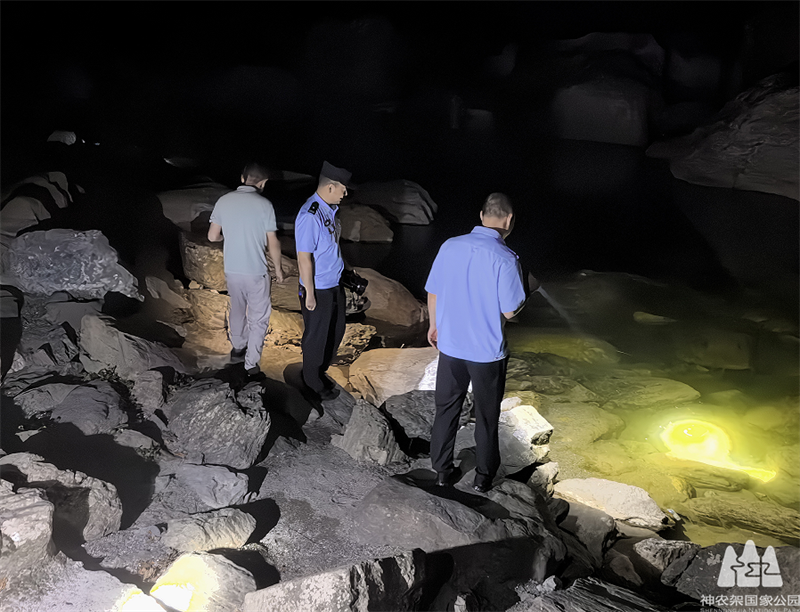 Patrolling along the river
Patrolling along the riverThe national park administration has consistently leveraged national policies while actively seeking ways to support local residents in securing livelihoods, increasing their income, and achieving poverty alleviation and rural revitalization. The Muyu Agency has tailored its approach based on local conditions and the functional positioning of Muyu Town, making full use of government and park policies to secure various subsidies while also implementing feasible measures within its capacity. In terms of infrastructure development, the Agency provides targeted support to villages and communities each year, assisting with road, water, and electricity improvements to enhance accessibility, modernize rural areas, and accelerate local development. Additionally, it encourages residents to engage in tourism-related industries, such as rural homestays, to create alternative livelihoods.
Moreover, local employment opportunities are provided through the “Seven Priorities, Seven Restrictions, and Seven Exits” policy, which prioritizes hiring local residents as full-time forest rangers, part-time rangers, and ecological information officers. These employment initiatives not only increase household incomes, but also cultivate a local conservation workforce, fostering greater community participation in ecological protection. By strengthening residents’ sense of ownership and involvement, these measures enhance conservation efforts and reduce management difficulties.
Community co-construction is a critical issue and a subject of ongoing exploration in global natural resource conservation efforts. With the strengthening of the national park’s protection efforts, it is expected that more innovative and effective approaches will emerge to enhance community co-management. These developments will improve residents’ incomes, and meanwhile facilitate a shift from passive compliance to active participation in national resource conservation.(Written by He Sai, Bai Ning, Wang Pin;Translated by Qin Mengran, Jin Yuxin)
Copyright Shennongjia National Park
Address:36 Chulin Road, Muyu Town, Shennongjia Forestry District, Hubei Province 鄂ICP备18005077号-3
Address:36 Chulin Road, Muyu Town, Shennongjia Forestry District, Hubei Province 鄂ICP备18005077号-3
Email:2673990569@qq.com
Phone:0719-3453368
Phone:0719-3453368


TOP

